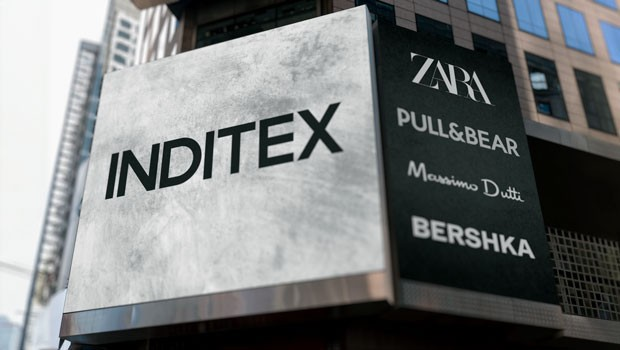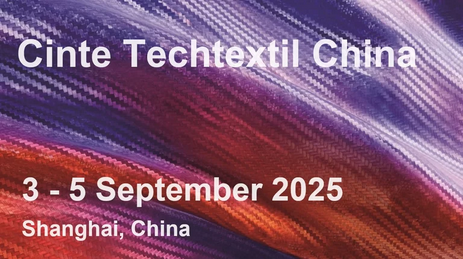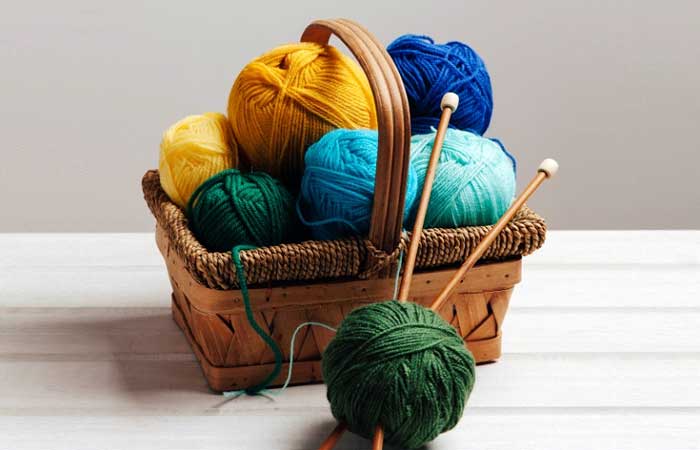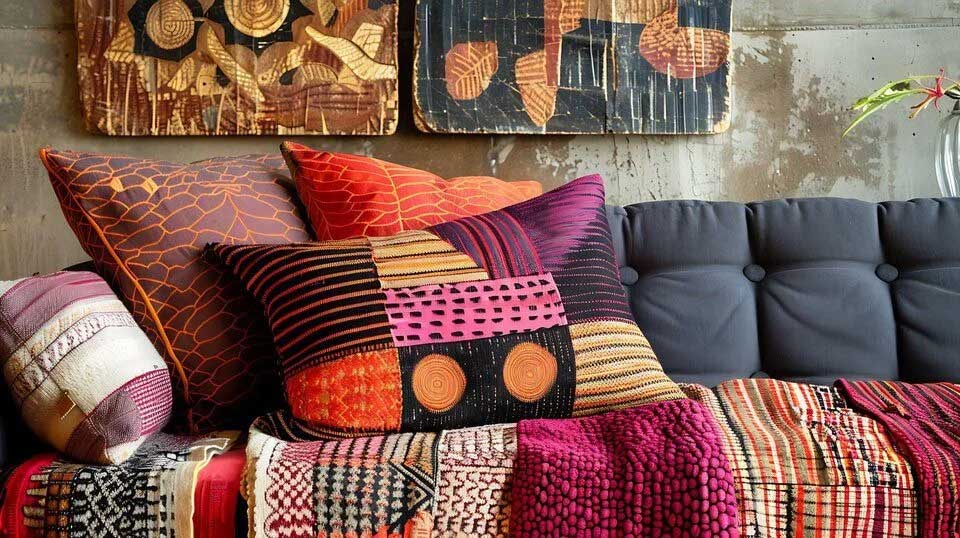
The global apparel industry continues to go through dynamic landscape, with leading brands vying for dominance in a competitive market. Latest financial performance data compiled by Statista reveals, Inditex, the parent company of Zara, has further solidified its position as the world's leading apparel retailer. In fact, there is a widening gap between Inditex and its closest competitors, H&M and Fast Retailing’s brand Uniqlo.
Inditex takes the lead worldwide
Inditex reported impressive total sales of $38.9 billion, significantly outpacing its closest competitor, H&M, which recorded $22.8 billion in sales. Inditex's sales figures underscore the effectiveness of its fast-fashion model, characterized by rapid trend adaptation and a vast global supply chain. This strategy has allowed the company to consistently capture consumer demand, even amidst a challenging economic climate.
Table: Financial performance of the top 10 apparel retailers
|
Brand |
Total sales (in $ bn) |
|
Inditex (Zara) |
38.9 |
|
H&M |
22.8 |
|
Fast Retailing |
18.3 |
|
Gap |
14.8 |
|
Lululemon |
9.6 |
|
PVH |
9.2 |
|
Next |
6.9 |
|
Ralph Lauren |
6.4 |
|
Victoria's Secret |
6.1 |
|
American Eagle |
5.2 |
Swedish brand H&M, still a significant player, trails behind with total sales of $22.8 billion. The company has been grappling with excess inventory and a slower pace of adaptation to changing consumer preferences, impacting its financial performance. Fast Retailing, the owner of Uniqlo, secured the third position with total sales of $18.3 billion, further highlighting the prominence of fast-fashion brands in the global apparel market. However, the company's focus on affordable basics and innovative fabrics has resonated with consumers, but it faces intense competition in the fast-fashion space.
Lower in the list, Gap continues to struggle, posting sales of $14.8 billion. The company has been undergoing a restructuring process, including store closures and brand realignments, in an attempt to revitalize its business. And Lululemon, with its focus on athleisure wear, continues to demonstrate strong growth, achieving sales of $9.6 billion. The company's premium positioning and emphasis on community building have contributed to its success. The performance of other leading brands showcases the diverse nature of the industry.
Highlights of the data
• Inditex's dominance: One major highlight is Inditex's substantial lead underscores its effective strategy and strong market presence. The company's focus on rapid inventory turnover and trend-driven designs has resonated with consumers globally.
• Fast Fashion's strength: The strong performance of Inditex, H&M, and Fast Retailing reaffirms the continued popularity of fast fashion. These brands offer consumers affordable and trendy clothing options, driving significant sales growth.
• Diverse market: The presence of established brands like Gap, luxury players like Ralph Lauren, and athleisure brands like Lululemon highlights the diverse nature of the apparel market. Each brand caters to specific consumer preferences and market segments.
Despite the numerous challenges the global apparel industry faces with supply chain disruptions, rising costs, and increasing competition, there are numerous opportunities for growth, particularly in e-commerce and sustainable fashion. Overall, the financial performance stats provide valuable insights into the competitive landscape of the global apparel industry. While Inditex currently holds a commanding lead, the market remains dynamic, with brands continuously adapting to meet the evolving demands of consumers.












